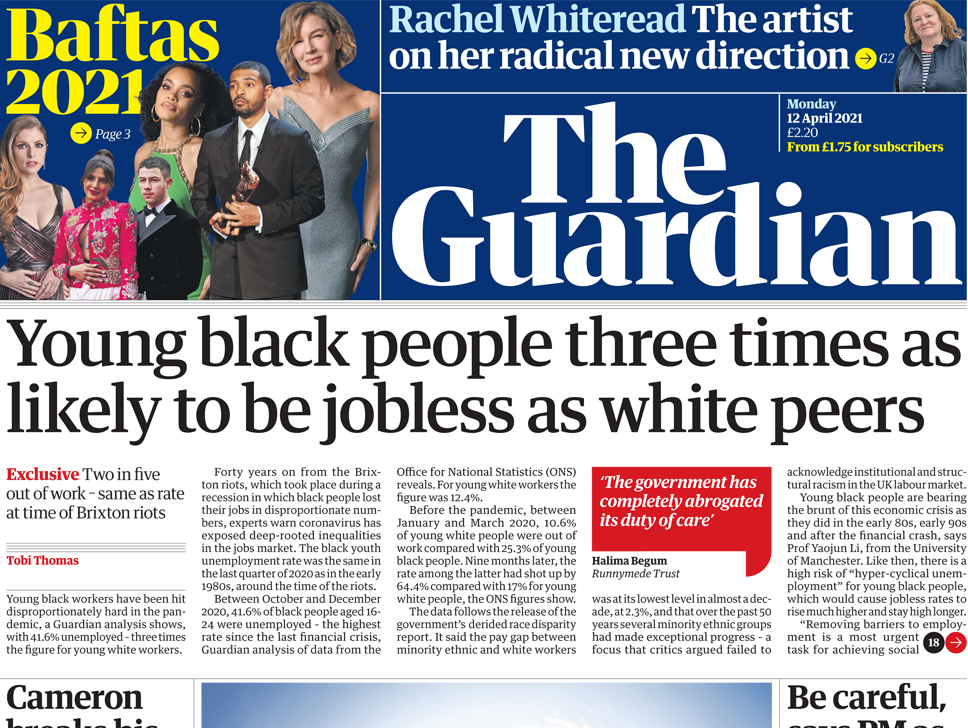
A new ranking compiled by Press Gazette reveals the newsrooms that count the most members.
Once a niche proposition, today some of the news industry’s biggest brands in their respective markets consider membership as a significant revenue stream. Unlike subscription or donation-based models, membership lets readers help sustain publishers (for instance through time, money or expertise) in return for a chance to be part of the organisation.
Topping the table when it comes to the size of its membership base is The Guardian which, faced with annual losses of tens of millions of pounds, put out a call out to its readers for voluntary contributions in 2016. Five years on the publisher counts 560,000 contributors – which together with digital subscribers bring in over half of the publisher’s revenue.
The Guardian is followed by Germany’s Die Zeit (449,000 members). The Hamburg-based title has a circulation of 588,000, of which 76 per cent are subscribers. Its subscriber growth has in part been helped by its membership programme, Friends of Die Zeit, in which every subscriber is automatically enrolled. Among other things members gain access to digital events and newsletters.
In third place is Netherlands’ De Correspondent. The outlet, which unusually is completely member-supported, currently has 71,000 members. The title has been member-driven from the outset having launched through a €1 million crowdfunding campaign in 2013 which brought in 18,000 members.
Rounding out the top five are Spanish digital native news site elDiario (61,040 members as of July) and Tortoise which was co-launched in 2018 by ex BBC news director James Harding after the biggest-ever journalism Kickstarter campaign.
Making the top ten meanwhile was Quartz (seventh place – 27,000 members). Executive editor of membership Walter Frick recently told Press Gazette that its “mission statement of ‘make business better’ was to connect for our members that feeling that yes, they are subscribing to journalism and to us but also that they’re given purpose by the work we do.”
For this research, Press Gazette contacted scores of news organisations around the world. Not all newsrooms that run membership programmes shared their data meaning some newsrooms that may have made the top 15 could have been omitted (Buzzfeed, Vox and The Intercept were among those that chose not to make their figures public or did not respond). But the figures below paint a snapshot of the extent to which news outlets are rallying readers around their reporting. While the figures in the table below are mostly based on data provided to Press Gazette, in a few cases we have used figures published online.
For the purpose of our research we have included newsrooms that consider themselves as having a community of members.
Although membership and subscriptions are distinct propositions with subscriptions tending to be purely transactional – for some newsrooms the distinction is less clear cut. US-based business publisher, Quartz for instance told Press Gazette that, “we don’t think of a sharp binary distinction between subscription and membership”. For the publisher, it’s instead “more like a spectrum”, with both propositions putting readers at the centre of the business model. Meanwhile, larger operations such as The Guardian rely less on personal interactions with members to shape reporting (with membership offering a shared purpose or identity instead) when compared with smaller outlets such as The Bristol Cable which is run as a members’ cooperative.
Note: If you think there are other newsrooms that should be on this list, or if you feel it can be improved in any other way, please email aisha.majid@ns-mediagroup.com.
While the size of the membership base can be one measure of how successful a publication has been in creating a community of readers around its work, it’s by far the only one. In August Press Gazette spoke to The Guardian, Quartz and Gal-Dem, three very different news organisations with vastly differing numbers of members who are making reader support work for them. While hundreds of thousands of supporters are needed to help sustain the Guardian’s large international operation, smaller, niche outlets can naturally meet their financial and editorial goals with a fraction of the number of supporters.
What these newsrooms have in common is how membership is creating a community around their journalism. “Membership is a relationship. People give their money, but also their time, ideas, expertise and connections to support a cause that they believe in. There’s a sort of social contract between a news organisation and its members. It’s a two-way relationship,” Ariel Zirulnick of the Membership Puzzle Project, which wound down this month, told Press Gazette in August.
And although we’ve limited our ranking to the top 15, many other newsrooms we contacted told us that they have membership bases that range from from the hundreds to the thousands.
Among them are investigative outlets such as the Bristol Cable (2,600 members), the Bureau of Investigative Journalism (1,000 members) , Scotland’s The Ferret (1,963 members) and Sweden’s Blankspot (2,100 paid members). Spanish fact-checking news outlet Maldita meanwhile has 1,750 paid members but told us of a further 46,000 non-contributing supporters which it considers to be non-paying members.
The Conversation, which specialises in commentary and debate meanwhile considers 500 academic institutions and universities to be its members. Many, although not all, of the academics who write for the publication are drawn from these institutions.
Email pged@pressgazette.co.uk to point out mistakes, provide story tips or send in a letter for publication on our "Letters Page" blog
